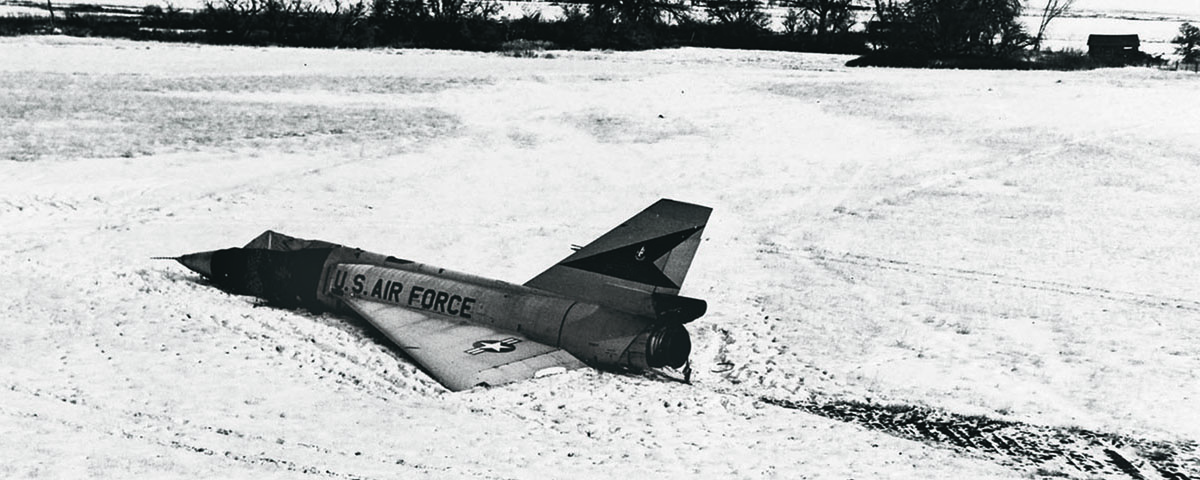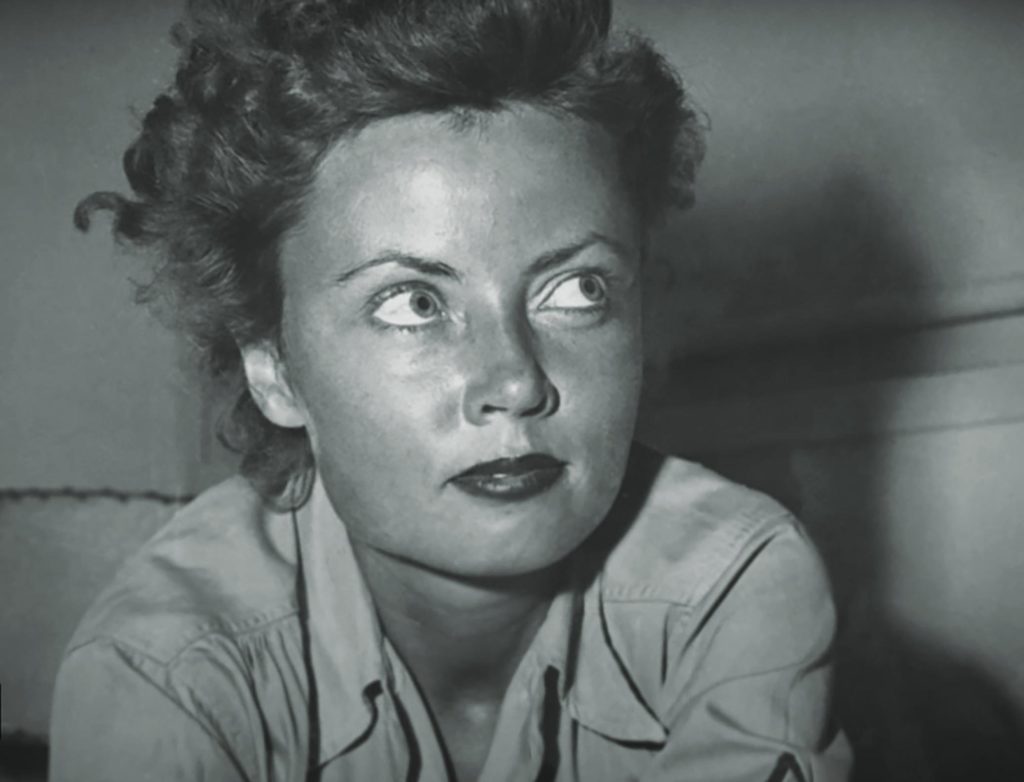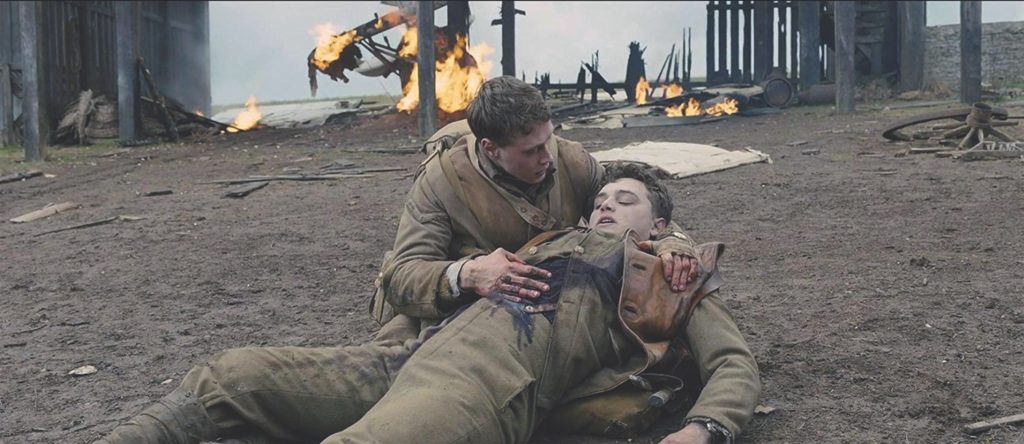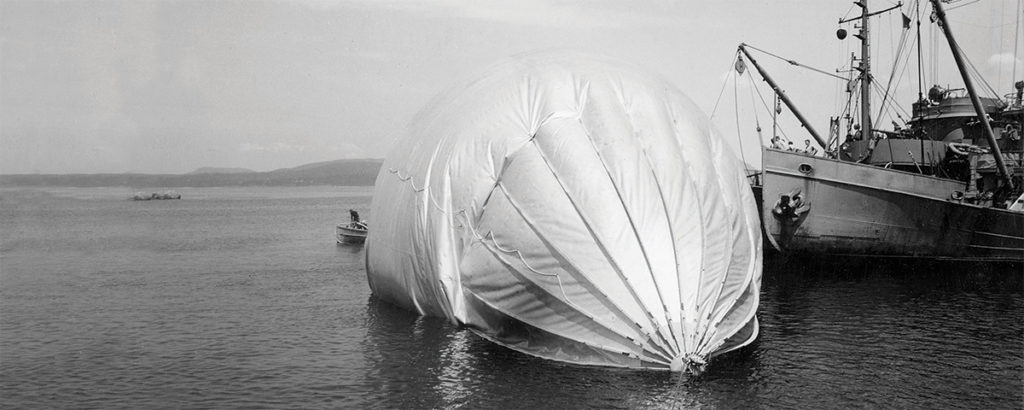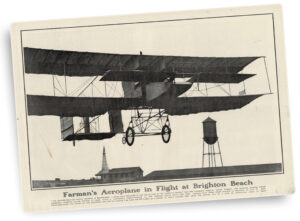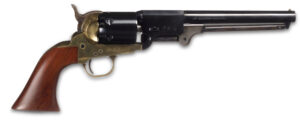Unpiloted aircraft have taken off on their own, usually after a pilot hand-props the airplane to start it without realizing the throttle has been left wide open. The unguided missiles then charge across an airport willy-nilly, generally taking out themselves and a line of lightplanes, a hangar or a few parked cars. Sometimes, however, they obey the laws of aerodynamics and lift off, in a few cases flying for hours on their own. In December 2001, an Aeronca Champion took off empty from an airstrip in Sonoma County, California, and flew out of sight, assumedly until its fuel tanks ran dry. The crash site wasn’t found for days. In April 2009, an unpiloted vintage Stampe biplane took off during an airshow at Goodwood, England, and circled the airport for five minutes before crashing into trees.
But unpiloted airplanes that land themselves are another matter, though there are a few stories of uninhabited B-17s flying back to England after bombing raids and parking themselves unaided in a field because the entire crew had parachuted out. (We’ll mark as apocryphal the unpiloted Forts that somehow found a runway and also managed to spirit the landing gear down.)
Perhaps the most notorious ghost rider, however, was an unpiloted supersonic jet fighter that not only landed successfully but continued to play games while on the ground and was later patched up and put back into service. The infamous Cornfield Bomber, the name that has come down through U.S. Air Force lore, was a Convair F-106A Delta Dart that touched down surprisingly gently in a Montana farm field on February 2, 1970, after its pilot had punched out during a flat spin.
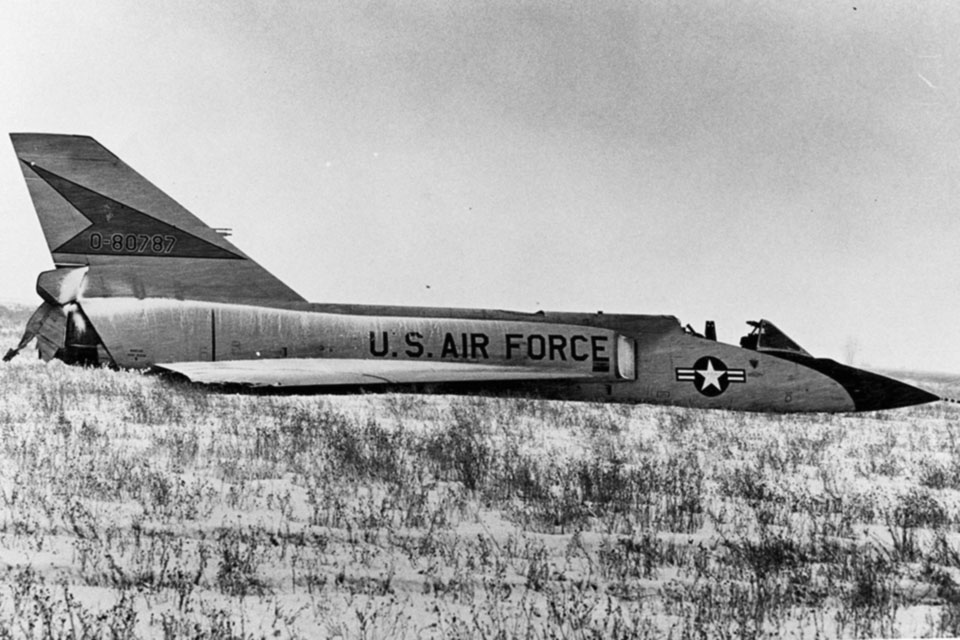
Inconspicuous Start to the Day
That day started innocently enough—a slightly nonroutine three-ship training flight out of Malmstrom Air Force Base into clear but frigid Montana skies. It was originally scheduled as a two-on-two air combat maneuvering session, but the fourth ship had to abort when its drag chute popped on the ramp like spilled laundry, so the day’s task became a two-versus-one rat-racing session.
Recommended for you
Radar vectored, two of the F-106s turned head-to-head toward the third from 20 miles away. When they passed each other at the speed of heat, the fight was on. Instructor pilot Captain Tom Curtis, in the solo aggressor slot, described it:
I figured I could handle [1st Lt.] Gary [Foust] pretty easy, but I did not trust Jimmy [Major James Lowe]. I figured he would probably break off and come after me. With this thought in mind, I came at them in full afterburner. I was doing 1.9 Mach when we passed. I took them straight up at about 38,000 feet. We got into a vertical rolling scissors. I gave [Gary] a high-G rudder reversal. He tried to stay with me, that’s when he lost it. He got into a post-stall gyration…a very violent maneuver. His recovery attempt was unsuccessful and the aircraft stalled and went into a flat spin, which is usually unrecoverable.
The aircraft looked like the pitot tube [on its nose] was stationary with the aircraft rotating around it. Very flat and rotating quite slowly. Well, Gary rode it down to about 15,000 feet. All this time Jimmy Lowe was giving spin-recovery procedures. Part of the spin-recovery procedures is to actuate the takeoff trim button. This trims all the control surfaces to a takeoff setting, which is about the same as for landing.
Bingo.
Eject!
Lieutenant Foust ejected at 15,000 feet—no dishonor there, as he had already cashed in four miles of altitude trying hard to prove the book wrong—but he abandoned a warm cockpit and an airplane trimmed to wings-level and a 175-knot glide at reduced power, which happens to be initial approach speed for a landing.
The F-106 then decided it had done enough flat-spinning for the day and recovered to straight-and-level flight. Which produced a memorable line: Major Lowe keyed his mike and radioed, “Gary, you’d better get back in it.”
The Delta Dart settled toward flat ground near Big Sandy, Mont. Ground effect at the last minute checked its descent nicely, and the fighter slid gently onto the snow. A local sheriff soon arrived, since the spectacular arrival had not gone unnoticed. No dummy, the cop read the name of the airplane’s main pilot under the canopy coaming—Major Wolfold—and got on the phone to Wolfold at Malmstrom for instructions on how to shut down the engine.
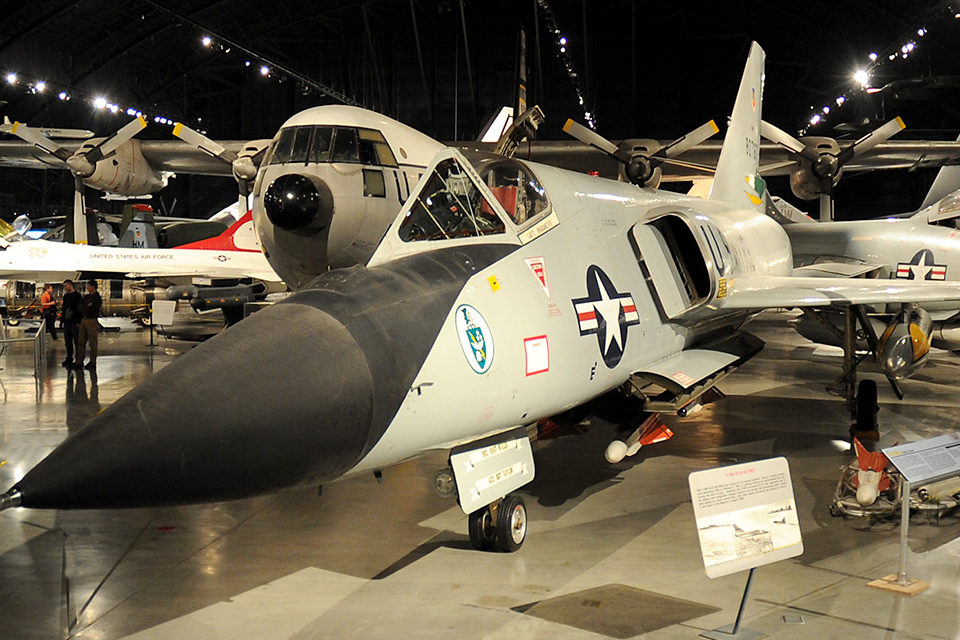
Fully coached on how to pull the power lever back to idle cutoff and turn off the master switch, the sheriff climbed the cockpit steps just as the F-106, its hot engine having melted the snow under the fuselage, began a jerky slide across the field. Now it was the sheriff’s turn to bail out. He decided waiting until all the fuel had been expended made more sense than playing instant jet pilot. Ultimately, the empty Convair traveled some 400 feet on its belly before it ran out of fuel. Pilot Foust, meanwhile, who was uninjured, was rescued by snowmobilers.
Rubberneckers and Repairs
Fortunately, the F-106’s unpredictability persuaded all the gathering spectators to stand clear, since the powerful radar in the Convair’s nose was still sweeping back and forth with microwave-oven intensity that would have been dangerous to anybody standing in front of the nose. An Air Force recovery team soon retrieved the airplane, though one pilot reportedly said that if there had been just slightly less damage to the belly, he’d have been happy to fly it out. The Delta Dart, its wings removed, was sent to storage at Davis Monthan AFB on a railroad flatcar, and sat in the Arizona sun until the late ’70s, when it was not only repaired but given a host of avionics upgrades. It was returned to service with the 49th Fighter-Interceptor Squadron, the last Air Force unit to operate F-106s. (Its original squadron, the 71st FIS, had been disbanded.)
Today the Cornfield Bomber sits in the National Museum of the U.S. Air Force, in Dayton, Ohio. It is still painted in the colors of the 49th, and to this day some members of that unit wish it had been restored as a 71st FIS airplane, just so nobody gets the idea that it was one of their guys who jumped out of a perfectly good airplane.
Frequent contributor Stephan Wilkinson has piloted nearly 120 aircraft types, but has only parachuted from an airplane once—and he’d like to keep it that way. “I came within an ace of becoming a lawn dart,” he says of the experience.
historynet magazines
Our 9 best-selling history titles feature in-depth storytelling and iconic imagery to engage and inform on the people, the wars, and the events that shaped America and the world.


